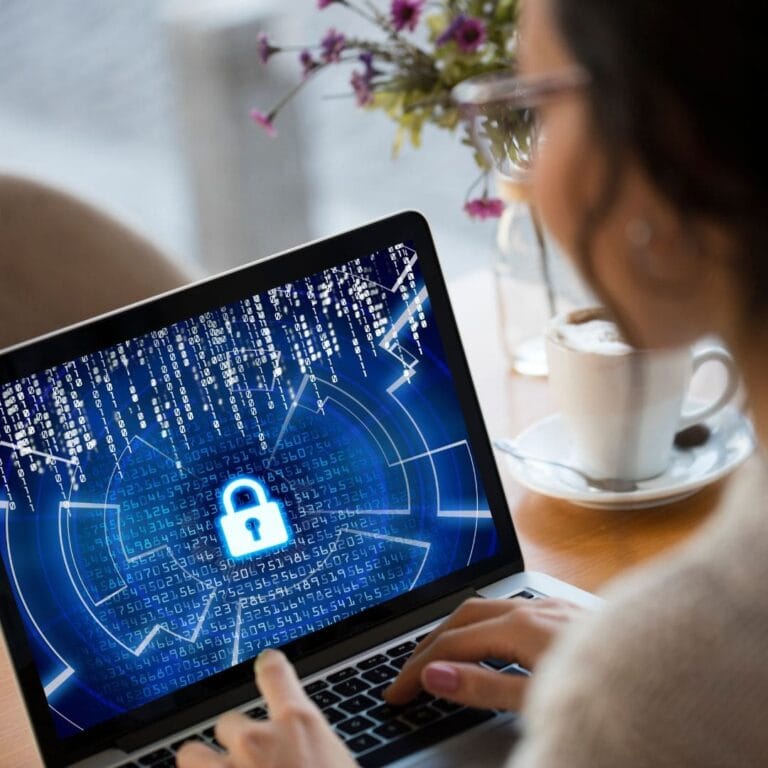Public Relations
Trends
Bridging Security and People: How Communication Shapes a Strong Information Security Culture
Share this article:

Professional communicators bring immense value to their organizations. Whether supporting crisis response, engaging employees, customers, and partners, or strengthening relationships among key audiences, a dedicated communications team remains a vital asset. Communicators serve as strategic advisors to leadership, translating complex information into clear messaging that resonates with diverse stakeholders. They craft compelling narratives that build brand identity, shape public perception, and differentiate organizations in crowded marketplaces.
While communicators work across diverse industries—law, finance, insurance, consumer, travel, and tourism—they also play an especially crucial role in technology and cybersecurity, where they translate technical concepts into understandable terms and help organizations maintain and enhance an organization’s information security culture.
Understanding information security culture
Information security culture encompasses the shared values, attitudes, behaviours, and practices related to managing and protecting an organization’s information assets. Unlike written policies or technical controls, culture represents how security is practiced daily across all levels of the organization.
A robust information security culture includes:
- Accountability: Clear ownership of security responsibilities across all levels, from the boardroom to front-line employees.
- Communication patterns: How security information flows through the organization, both formally through official channels and informally through peer networks.
- Risk management and perception: How threats are identified, prioritized, and addressed collectively.
- Compliance: Adherence to security policies and procedures based on understanding rather than fear of punishment.
- Knowledge and awareness: Employee understanding of security principles, threats, and best practices relevant to their roles.
- Incident response: How the organization reacts to security events—from detection and containment to learning and adaptation.
The strategic role of communication in information security
Communication professionals can play a pivotal role in fostering a strong culture of security by applying their expertise in several key areas:
Setting clear expectations
Clear and consistent messaging establishes expectations for security behaviour, promoting practices outlined in the organization’s policies. Effective security communication frames requirements in terms of organizational values and mission rather than purely as compliance mandates.
Building sustainable awareness
Effective communicators keep employees informed about ongoing threats and risks without overwhelming them or causing fatigue. Through regular training sessions, phishing simulations, and thought leadership, professional communicators help staff understand how their everyday work contributes to organizational security.
Securing leadership buy-in
Executive leadership commitment is critical for setting the security tone. When senior leaders endorse security awareness practices at key engagement points, such as town halls, they emphasize security as a core organizational value.
Proactive communication strategies for cybersecurity
Education and awareness programs
- Using diverse communication channels (emails, intranet, webinars, workshops) to provide regular security updates tailored to different learning preferences
- Creating engaging content formats, including videos, infographics, games, and storytelling, to make security relatable and memorable
- Establishing a regular cadence of communication with seasonal themes that keep security top-of-mind throughout the year
Collaborating with cybersecurity teams
- Working closely with IT and security teams to align messaging with current threats and organizational priorities
- Translating technical concepts into clear, accessible language without losing critical meaning
- Ensuring accuracy while maintaining audience engagement through analogies, examples, and relatable scenarios
Tailoring messages for different audiences
- Developing role-based security guidance that addresses specific vulnerabilities and responsibilities
- Adjusting technical complexity based on audience expertise and information needs
- Creating department-specific examples that demonstrate security relevance to daily workflows
Measuring communication effectiveness in security culture
Professional communicators can apply measurement frameworks to demonstrate the impact of security communication and continually refine their approach.
Key metrics for security communication
Awareness and knowledge metrics
- Comprehension scores from security training assessments
- Knowledge retention rates are measured through periodic surveys
- Completion rates for security awareness training programs
Behavioural indicators
- Phishing simulation response rates (both click rates and reporting rates)
- Password strength and multi-factor authentication adoption metrics
- Compliance with security policies (e.g., clean desk policy adherence)
- Security tool utilization rates (e.g., VPN usage when working remotely)
Incident-related metrics
- Number and quality of security incidents reported by employees
- Time to detection and reporting of potential security issues
- Reduction in security incidents attributable to human error
- Recovery time improvements following security training initiatives
Engagement measurements
- Participation rates in optional security events or workshops
- Employee sentiment toward security measures and communications
Creating a measurement framework
Effective security communication measurement requires a structured approach:
- Establish baselines: Before launching new security communication initiatives, measure current awareness, behaviors, and attitudes to establish a baseline for comparison.
- Set clear objectives: Define specific, measurable goals for each communication campaign or program (e.g., “Increase phishing report rates by 25% within three months”).
- Track trends over time: Track metrics longitudinally to identify patterns and sustainable improvements.
- Benchmark against industry standards: Compare your organization’s security communication effectiveness against industry benchmarks while accounting for your unique organizational context.
Communication as the foundation of security culture
In an era where data breaches and cyber-attacks dominate headlines, organizations are increasingly recognizing that technical solutions alone cannot protect them. The human element of security requires strategic communication to create a culture where security becomes everyone’s responsibility.
Communication is not merely a tool for disseminating security information—it is the essential mechanism through which security culture is built and sustained. Organizations that prioritize sophisticated, strategic communication approaches develop more resilient security cultures capable of adapting to evolving threats and technologies.
Disclosure: This article has been edited with the assistance of Claude AI to enhance clarity and improve readability.
About Sabrina Lavi
Sabrina is a communications strategist and enterprise storyteller with a background in communications management, enterprise technology, and cybersecurity. She brings a blend of creativity, strategic insight, and analytical expertise to drive integrated communications and marketing initiatives. Sabrina holds a master’s degree in communications management from McMaster University.
You may also enjoy...
Read more great articles like this, or return to the main articles page…
The Subtle Art Of Writing A Press Release
A press release is like the party invitation of the PR world! It’s the juicy scoop, spilled in written form, that lets the media and the world know about an…

Creating Cinematic Impact: The Importance of Film Marketing in PR
Who doesn’t love films or movies? We often seek more background on what elevates a film and how it gains the attention it deserves through promotion, or what we call…

Why Graphic Design is not Art and Why the Distinction Matters
The distinction between art and design has long been debated in the realm of creative expression. While both fields involve visual composition and creativity, fundamental differences set them apart. One…
